Just minutes away from Portland, on the other side of the Columbia River in Washington State, Vancouver is both scenic and rich in history. Vancouver is flanked by the immense Cascade mountains and has some of the strongest connections to the Pacific Northwest of any city in the region.
It was here Lewis and Clark camped along the storied river. Just a few years later, the first European trading post was set up in what is now known as Fort Vancouver. While there are plenty of things to do in Vancouver that are related to its history, travelers can also enjoy a welcoming modern culture, scenic parks, and epic mountains.
In this post, we'll cover:
11. Vancouver Land Bridge
Covered in earth and indigenous plants, the Vancouver Land Bridge connects the Columbia River waterfront area with Fort Vancouver National Historic Site. The bridge, which is also known as the Confluence Project, is both a feat of marvelous engineering and also a celebration of Native American and European cultures. The bridge also marks the spot where Lewis and Clark camped long before the fort was built.
On the Columbia River side of the bridge, you’ll find the Welcome Gate. It was designed by Lillian Pitt, a Native American artist. Pitt is renowned for her works that focus on Native American culture in the Pacific Northwest. The other side marks the location of the Hudson’s Bay trading post, the first of its kind in the region.
10. Cedar Creek Grist Mill
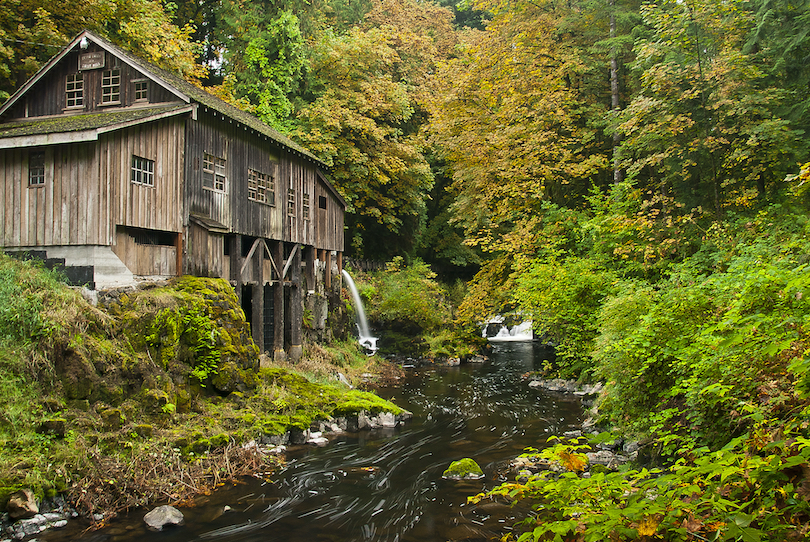
Built in 1876, the Cedar Creek Grist Mill runs the same now as it has since the 19th century. The mill is the only one of its kind in Washington state that still features its original construction and without the influence of electricity.
The beautiful Cedar Creek feeds the historic mill, which in turn creates cider, flour, and cornmeal. Now a working museum, guests can join the resident guides on a tour to learn about the early days of what is now a National Historic Landmark.
At the end of the experience, grab a bag of freshly ground flour, perfect for making some baked treats back in Vancouver.
9. Vancouver Lake Park
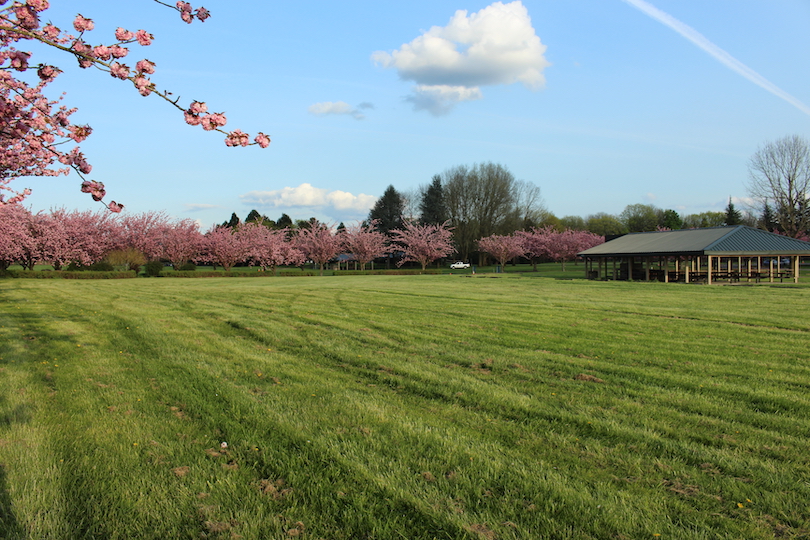
For a multi-sport kind of day, head to Vancouver Lake Park. The sprawling outdoor space runs along the edge of the serene Vancouver Lake for over two miles. Within its boundaries, you can take part in a wide range of up-tempo and leisurely activities.
A consistent breeze sweeps along the lakeshore providing perfect conditions for windsurfing, while you can also venture out on a kayak. On dry land, you’ll find spacious green areas designed for family picnics and yard games. Visitors can also make use of the volleyball nets.
From your picnic spot, keep an eye out for mountain views, including Mt. Saint Helens, Mt. Adams, and Mt. Hood.
8. Mount Saint Helens
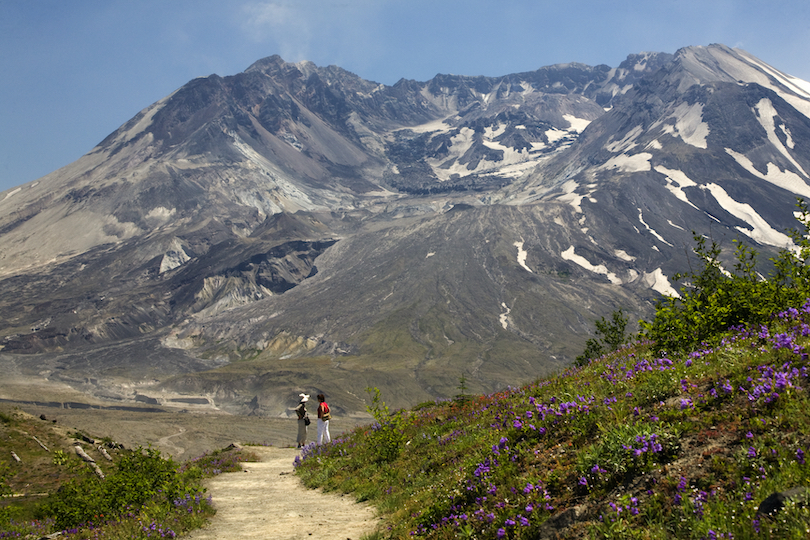
Under an hour north of Vancouver, is an active stratovolcano. Mount Saint Helens is a part of the Cascade Volcanic Arc and a section of the Pacific Ring of Fire. This may all sound a tad dramatic, but the mountain was responsible for the worst volcanic natural disaster in U.S. history.
So why should you visit? Well, Mount Saint Helens is an adventurer’s paradise. Unlike other peaks in the Cascade Mountains, such as the famed Mount Rainier, Saint Helens has a variety of mountaineering experiences that are great for beginners. A range of trails take you over epic ridgelines to the 8,363-foot summit and rewards you with mesmerizing panoramic views.
For something more casual, the mountain features some leisurely trails around its base. Rock climbing is also popular here, especially from late spring through to fall.
7. Officers Row
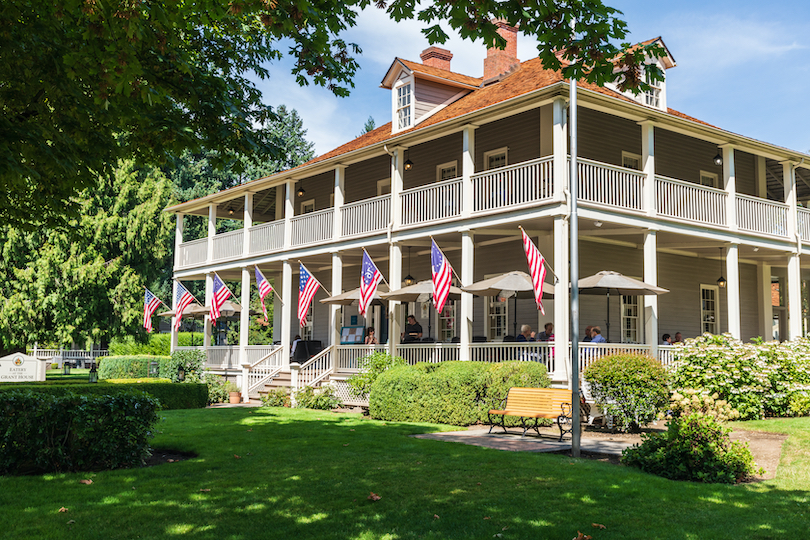
Vancouver has done a remarkable job preserving much of its fascinating history. A prime example of this is the 21 homes that make up Officer’s Row. These homes can be found within the Fort Vancouver National Historic Site and were once home to prominent figures in the local community.
The opulent homes have been restored to their former glory when officers, soldiers, and their families lived in their hallowed walls. Homes you can visit include the Ulysses S. Grant House along with the George C. Marshall home, both decorated in ornate period furnishings.
While not all the homes can be seen from within, a simple stroll along the leafy neighborhood streets will have you admiring the intricate architecture of a time long gone.
6. Pearson Air Museum
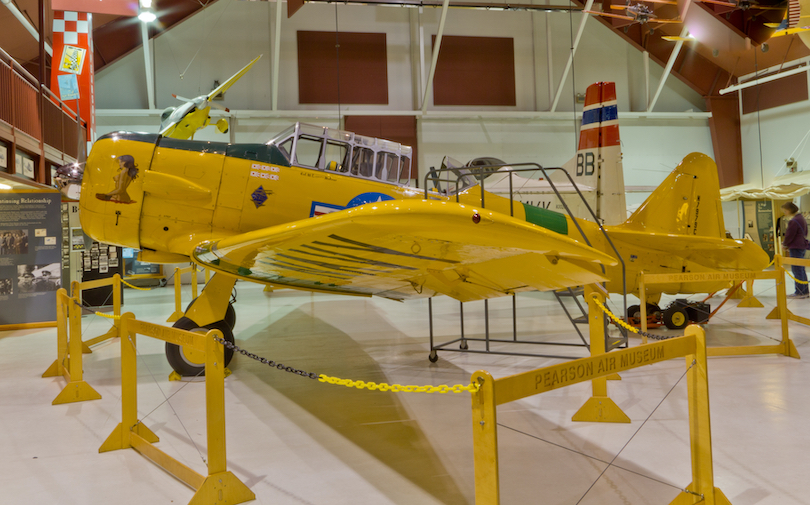
A major highlight of the Fort Vancouver National Historic Site, the Pearson Air Museum, tells the story of one of the oldest still-operating airfields in the United States. Long before the museum, the airfield was established after a Baldwin dirigible airship landed beside the historic barracks in the fort.
After that fateful day, Pierson Field was used for everyday aviation. Now, visitors can explore the field and the iconic hangar to learn about the history of local aviation and the barracks. With the museum, visitors will be able to explore the field’s role in WWI airplanes, along with the local spruce mill that produced several original fighter aircraft. You can also learn about the first round-the-world flight that departed from this very location.
5. Vancouver Farmers Market
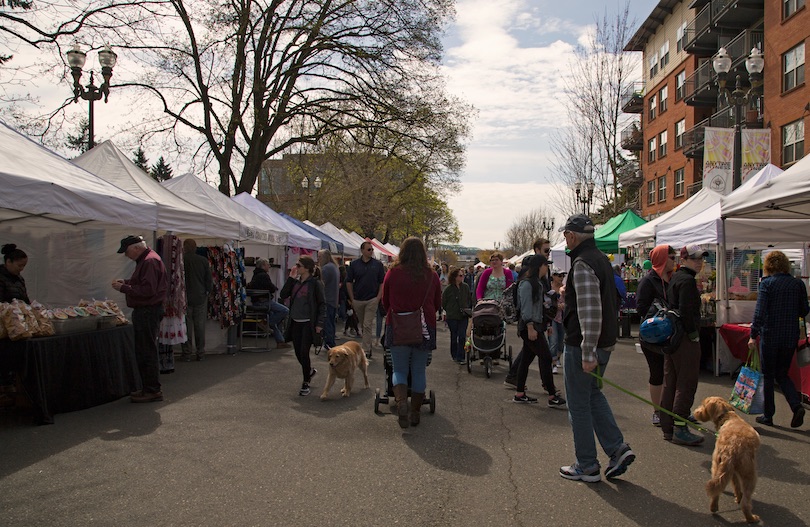
Eight months of the year, the Vancouver Farmers Market brings together the local community. On both Saturday and Sunday, large crowds gather to explore the produce on offer from the market’s 250-plus vendors. The market promotes regional farmers with a range of fresh veggies, fruit, and delightful baked treats.
Those traveling to Vancouver will find the farmers market in an easy to reach location, at downtown Esther Short Park. Its amazing produce and excellent location has allowed the market to become the second biggest in Washington. Aside from foodstuffs, you can shop for handcrafted goods, handmade fashion, decor, and flowers.
The market is dog-friendly and accented by the lovely tunes of live music. Afterwards, laze in the nearby park or venture along the Waterfront Renaissance Trail.
4. Esther Short Park
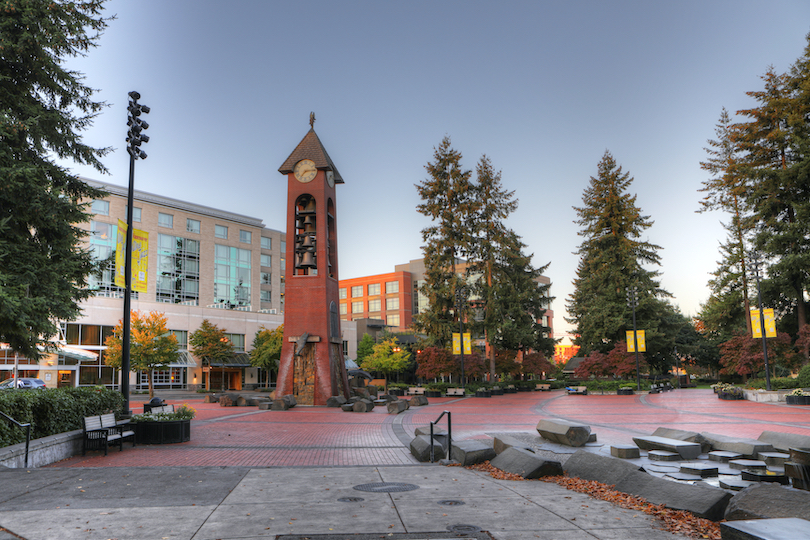
The oldest public square in the city, Esther Short Park, is a popular gathering spot and a great location to start your Vancouver adventure. The park is close to many downtown attractions and has a great atmosphere all day long. Esther Short Park’s wide open spaces are surrounded by towering trees, where you can kick back and watch the world go by.
The park is a hive of activity throughout the year, playing host to community events, live music, arts festivals, and the Vancouver Farmers Market. The latter of which runs every weekend from March to October. Esther Short Park also features several captivating landmarks and public art. These include the Salmon Run Bell Tower, which chimes every 15 minutes and the Pioneer Mother statue.
3. Waterfront Renaissance Trail
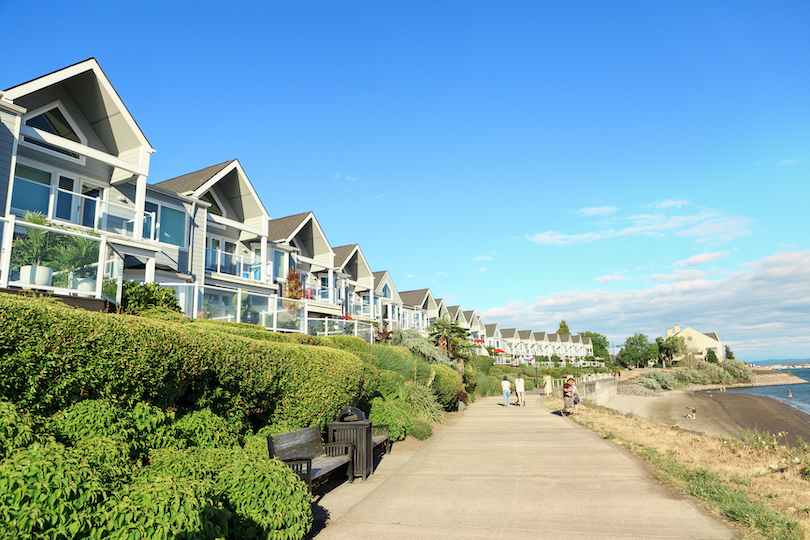
With your morning coffee in hand, head out along the Waterfront Renaissance Trail for resplendent river views. The five-mile trail connects two of Vancouver’s major parks, Winter and Esther Short. The trail is paved throughout, providing a leisurely stroll with the opportunity to cycle or even rollerblade.
Along the Waterfront Renaissance Trail, you’ll stumble upon a range of cozy cafes and restaurants alongside several prominent landmarks. These include the Wendy Rose sculpture, Ilchee Statue, and the Kaiser Viewing Tower. But for photographers, it’s the bridges, such as the Vancouver Land Bridge that will give you the most reason to stop and admire the beauty.
If not in the morning, then wander the trail for a beautiful west-facing sunset.
2. Beacon Rock State Park
In the heart of the Columbia River Gorge National Scenic Area, Beacon Rock State Park is home to a remarkable natural landmark. The park is named after Beacon Rock, which is a monolithic wall that soars over 800 feet to the heavens.
The first reported discovery of the monumental basalt volcanic rock was in 1805 by Lewis and Clark. The rock was later purchased for a single dollar by Henry Biddle, who created a network of excellent hiking trails, including one to the summit.
Aside from hiking, rock climbing is a huge part of the Beacon Rock experience. Adventurers will enjoy mountain bike tracks, kayaking on the river, and several local waterfalls. Overnight camping is also available within the state park.
1. Fort Vancouver
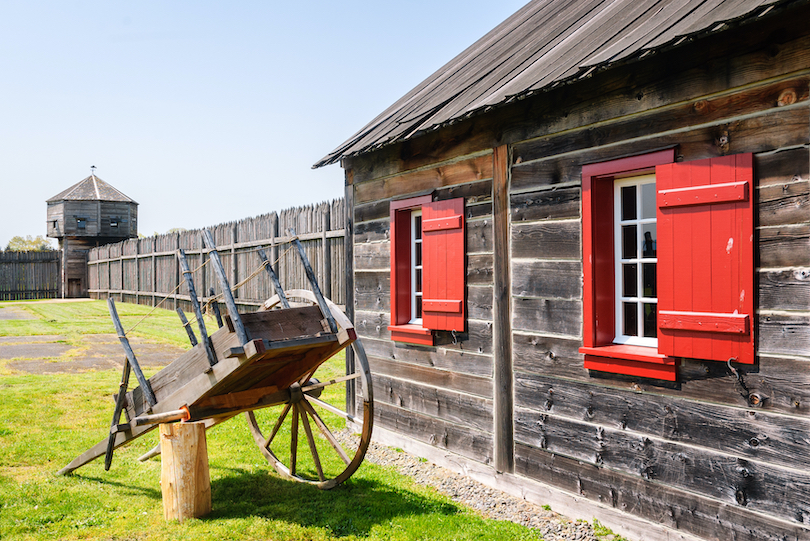
Harboring some of the city’s best stories from eras past, Fort Vancouver is a national historic site along the Columbia River. Once a prominent trading fort, the space was protected in the 1940s in order to preserve the rich history of the original Hudson’s Bay Stockade.
Visitors can embark on a journey back in time to explore life in the Pacific Northwest during the 19th and early 20th century. The fort began in 1825 and rapidly developed a reputation throughout the Pacific frontier. The park features four distinct sites, one of which is the faithfully reconstructed fort, which had burned down in 1866.
Other attractions include the US Army’s barracks and the Pearson Air Museum. Scenic hiking trails link all sites while guiding you through the expansive property.

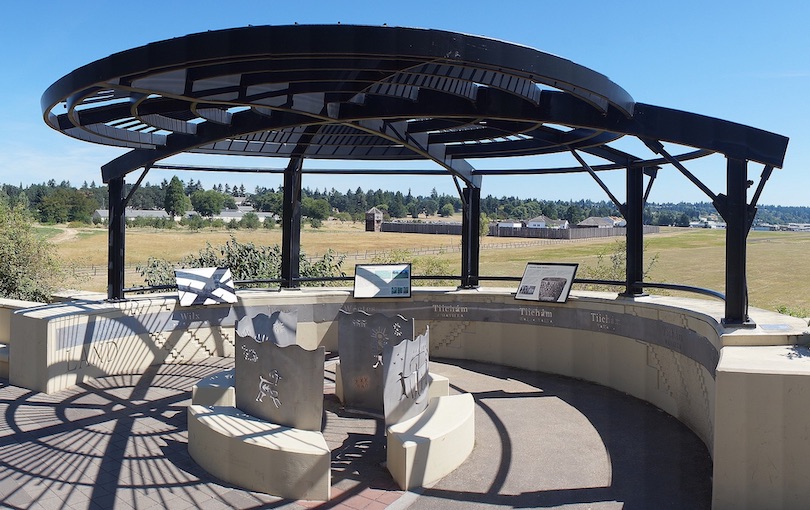
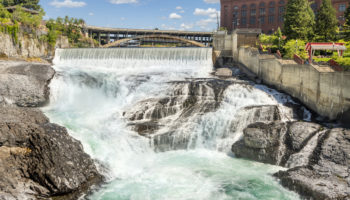
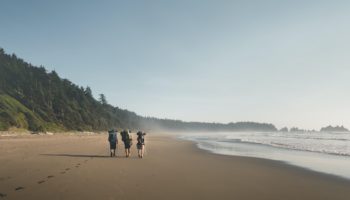
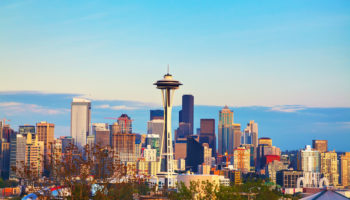
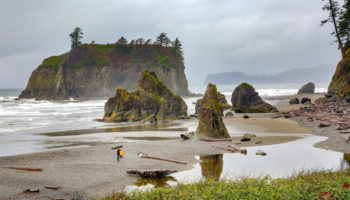
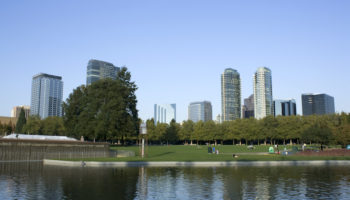
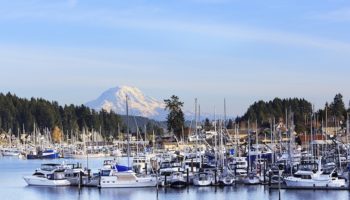
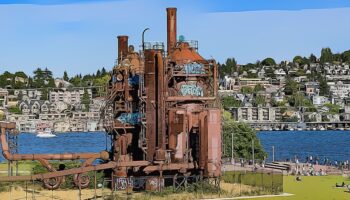
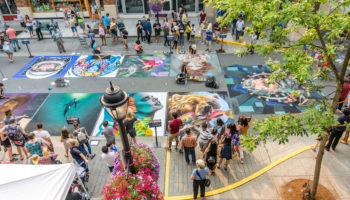
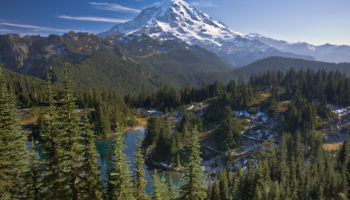
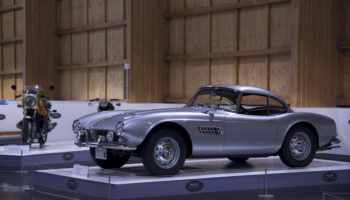
Leave a Reply